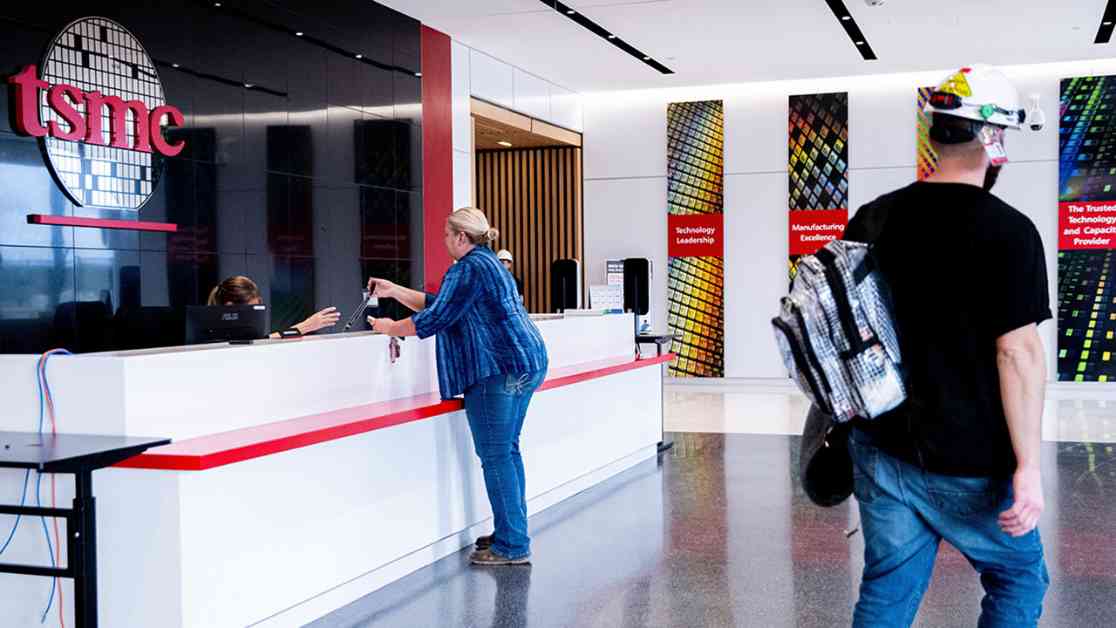In a recent summit in Paris, J.D. Vance, America’s vice-president, boldly proclaimed the country’s ambition to lead the world in developing the most powerful artificial intelligence (AI) systems with chips designed and manufactured on American soil. This declaration sheds light on the challenges facing MAGA’s chipmaking ambitions, as the United States aims to reclaim its dominance in chip manufacturing from Taiwan.
The United States has long been a leader in designing cutting-edge AI chips, but the manufacturing of these chips has largely shifted overseas. Taiwan, particularly companies like Taiwan Semiconductor Manufacturing Company (TSMC), has become the global hub for chip production, leaving America playing catch-up in the race to secure a stronghold in the semiconductor industry.
The Dominance of TSMC in Chip Manufacturing
One of the biggest obstacles standing in the way of America’s chipmaking ambitions is the dominance of TSMC in the semiconductor manufacturing landscape. TSMC is the world’s largest contract chipmaker and produces the majority of advanced chips used in a wide range of electronic devices, from smartphones to self-driving cars.
The Taiwanese company’s advanced manufacturing capabilities and technological expertise have solidified its position as the go-to choice for many tech giants looking to produce cutting-edge semiconductor products. TSMC’s ability to stay ahead of the curve in terms of innovation and efficiency has made it a formidable competitor in the global chipmaking industry.
Overcoming Hurdles and Building a Stronger Domestic Industry
To overcome the challenges posed by TSMC’s dominance, America must focus on building a stronger domestic semiconductor industry that can compete on a global scale. This involves investing in research and development, fostering partnerships between government agencies and private companies, and incentivizing innovation in chip design and manufacturing.
Experts emphasize the importance of creating a supportive ecosystem that encourages collaboration between academia, industry, and government to drive innovation and growth in the semiconductor sector. By leveraging America’s strengths in AI chip design and tapping into the country’s pool of talented engineers and scientists, the United States can work towards achieving its goal of becoming a leader in chip manufacturing once again.
In conclusion, while the road to reclaiming America’s position as a powerhouse in chip manufacturing is fraught with challenges, the country’s ambitious goals and innovative spirit may pave the way for a brighter future in the semiconductor industry. By addressing the obstacles head-on and investing in the necessary resources and infrastructure, America can position itself as a formidable player in the global chipmaking landscape.



















